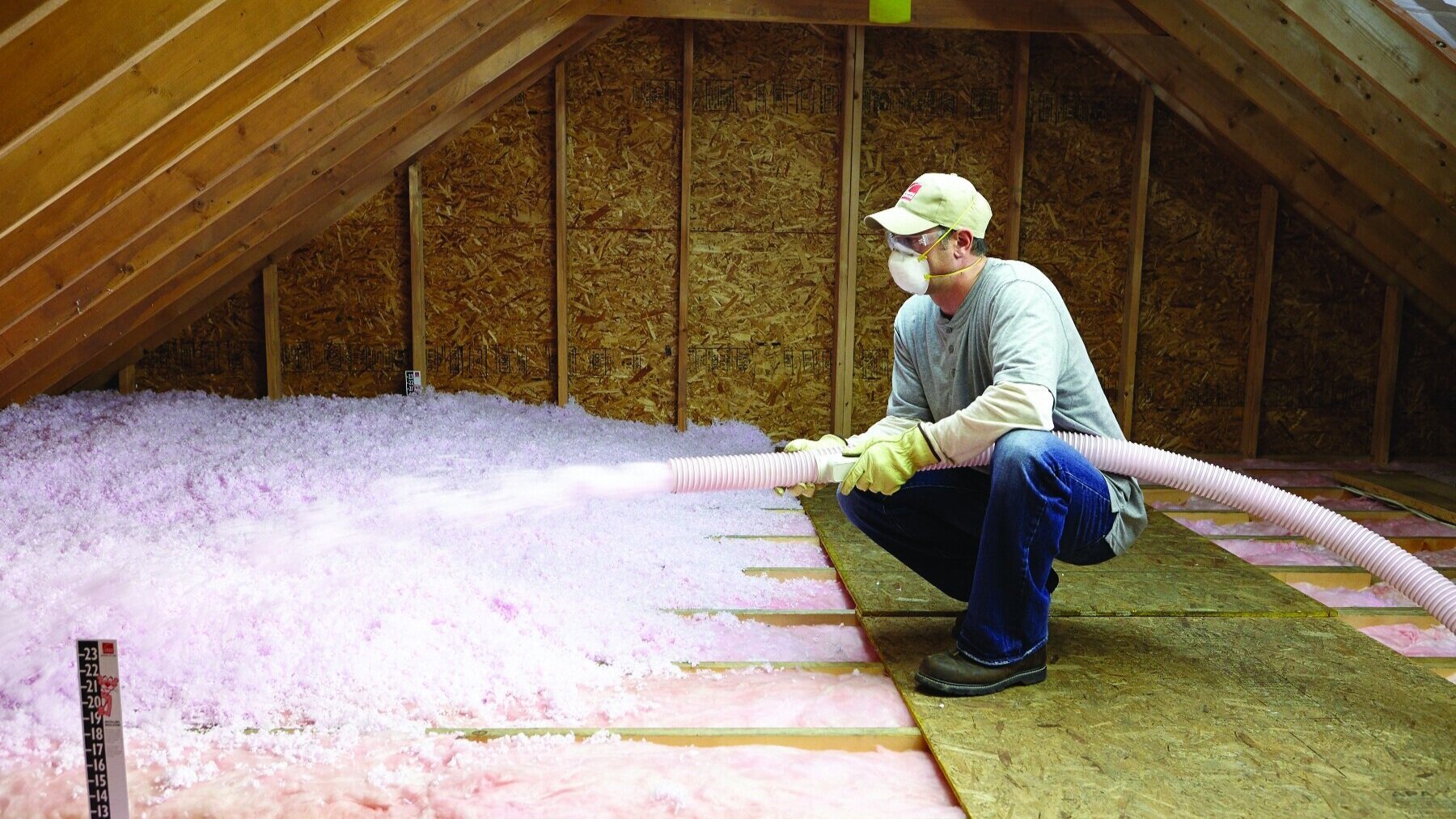Types of Insulation and Where to Use Each
There are many different insulation materials out there today, and we’re here to help you navigate what options are available, and the typical applications for each. Our focus with this post is by no means a comprehensive list, but rather an example of the materials we offer, and a guide as to typical application areas.
Let’s start with the insulation products we offer: Fiberglass, Cellulose, and Spray Foam. Each of these insulation types have their own properties and applications as well as sub-categories. For example: fiberglass insulation can come in a “batt” a strip of material to a specific thickness or R-value in various dimensions or in a “loose fill” bale that can be blown to a desired depth or R-value. So let’s get started.
Fiberglass Insulation
Easily the most common insulation material, fiberglass comes in batts, rolls, or loose-fill bales. Fiberglass is extremely common because of the low-cost, ease of installation, and adequate performance. With those characteristics, fiberglass has been the go-to choice for new construction and renovation projects.
Fiberglass Batts
Fiberglass batts are by far the most common insulation found in exterior walls. Other applications include box sills, rim joists, and are also used for sound control in interior walls, and mid-floors.
Batts are pre-sized pieces of fiberglass material that fiberglass strands are adhered together with binders to create a large piece of material. These batts can come both “faced” and “unfaced”. Facing is a layer that is attached to the batt which provides a vapor barrier that helps protect the living space from excess humidity or moisture. The unfaced variety naturally has no barrier attached.
LOOSE-FILL FIBERGLASS
Typically you’ll see loose-fill fiberglass blown into attics at a desired depth to reach a specific R-value. Loose-fill fiberglass insulation comes in a condensed bale that is put into a machine that breaks up the condensed material so that it can be installed. Loose-fill fiberglass can be also be blown into walls as well with the help of a mesh netting in a process known as blown-in blanket, or “BIBS”.
Cellulose Insulation
Perhaps the “greenest” product we offer, since it is composed of milled, recycled newspaper. The material is coated with a borate solution to give it a level of flame-resistance and also acts as a pest deterrent. Cellulose does a great job conforming to tight spaces making it an excellent choice. The typical applications for cellulose vary. Cellulose can be applied dry, much like blown in fiberglass, in attics, and in walls using a BIBS netting. Additionally, cellulose can be sprayed directly to a wall cavity when moisture is introduced in a process known as damp-spray, or wet-spray. The cavities are then scrubbed flush with the studs, creating a nice full-filled wall insulation once the material is given adequate dry time.
Spray Foam Insulation
With its superior air sealing properties, spray foam leads in performance. By keeping conditioned air from leaking to the outside, spray foam insulation lends itself to being one of the most efficient insulation products on the market. Spray foam has two sub-categories – open cell and closed cell, and we’ll jump into the differences and applications of each.
OPEN CELL SPRAY FOAM
Commonly found in residential applications, open cell spray foam insulation has cells that are not completely closed. The open cells are filled with air which affects the way the foam feels and performs. This makes the foam softer, or less firm than the closed cell variety. Open cell spray foam is most commonly applied in the attic, exterior walls, and floor joist assembly – but should not be used in applications where moisture can potentially penetrate with its high vapor permeability rating, it does have a possibility to hold moisture. Open cell foam is also an excellent sound dampening material which is desirable to homeowners looking to cut down on the exterior noise.
CLOSED CELL SPRAY FOAM
Typically applied in metal shop buildings, closed cell spray foam does a great job with adding structural rigidity. Also, with its low vapor permeability rating it acts as a vapor barrier. Closed cell foam can also be applied in stick framed homes as well. Closed cell foam is more rigid than open cell foam. It is also a more dense product that does not expand as much on application as open cell foam.





